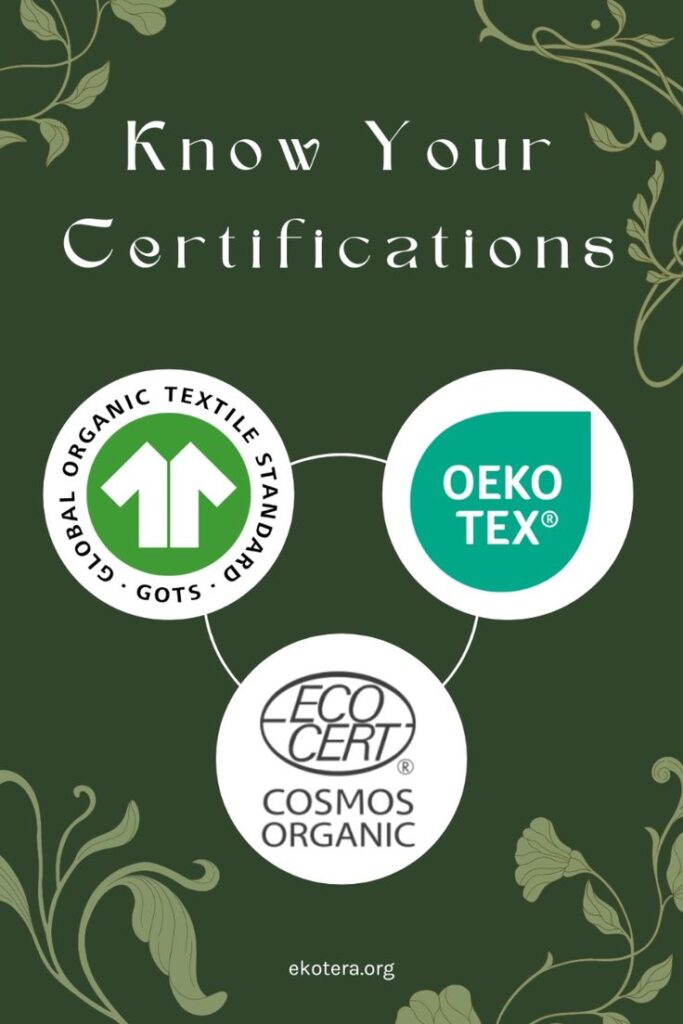How to Choose Truly Sustainable Products (and Avoid Greenwashing)
Sustainability is more than just a trend—it’s a necessity. With the growing awareness of environmental and ethical issues, many brands claim to offer “eco-friendly” products. However, not all of them live up to their promises. Greenwashing, or misleading sustainability claims, makes it difficult for consumers to identify truly sustainable products.
This guide will help you understand what makes a product genuinely sustainable, how to spot greenwashing tactics, and what to look for when making conscious purchasing decisions.
What Makes a Sustainable Product Sustainable?
Truly sustainable products consider environmental, social, and economic factors throughout the lifecycle. Here’s what to look for:
Materials
Opt for renewable, biodegradable, or recycled materials over virgin plastic or unsustainable resources.
Production
Ethical manufacturing practices, fair wages, and minimal environmental impact are essential.
Packaging
Minimal, plastic-free, or compostable packaging is preferred.
End of Life
Products should be reusable, recyclable, or biodegradable to avoid landfill waste.
Carbon Footprint
Lower emissions from sourcing, production, and transportation contribute to sustainability.
By prioritizing these factors, you can ensure that your purchases align with your environmental and ethical values.
How to Spot Greenwashing Tactics
Many companies use deceptive marketing to appear more sustainable than they actually are. Here are some common greenwashing tactics:
Vague Claims: Words like “natural,” “green,” or “eco-friendly” without specifics or certifications.
Misleading Imagery: Packaging that features leaves, animals, or earthy colors without actual sustainability efforts.
Fake or Misleading Certifications: Some brands create their own “certifications” that have no credibility.
Hidden Trade-Offs: A product may be labeled “biodegradable” but still contain harmful chemicals or microplastics.
False Carbon Offsetting Claims: Some companies claim carbon neutrality but fail to show transparent emissions data.
To avoid falling for greenwashing, always look for specific details and third-party certifications.
Key Certifications & Labels to Look For
Authentic third-party certifications ensure that a product meets specific sustainability standards. Here are some of the most reputable ones:
Global Organic Textile Standard (GOTS): Ensures textiles are made with organic fibers and meet environmental and social responsibility criteria.
COSMOS Certification: Guarantees that cosmetics meet high organic and natural standards.
REACH Certification: Regulates and ensures the safe production and use of chemical substances in the EU.
Ecocert: A global certification ensuring that products meet organic and sustainable requirements in various industries, including cosmetics and food.
OEKO-TEX: Tests textiles for harmful substances, ensuring they meet safety and sustainability standards.
Checking for these labels can help you make informed choices when shopping for sustainable products. If you want to learn more about sustainable certifications, check out our handy library of definitions and explanations:
Questions to Ask Before Buying
Before purchasing a product, ask yourself these critical questions:
Where was this product made? Ethical sourcing and fair labor conditions matter.
What materials were used? Look for sustainable, non-toxic, and biodegradable materials.
How long will it last? Prioritize durability over disposable products.
What happens at the end of its life? Choose recyclable or compostable products whenever possible.
Does the company provide sustainability reports? Transparency is a key indicator of genuine sustainability efforts.

The Best Sustainable Shopping Habits
Beyond choosing eco-friendly products, adopting sustainable shopping habits makes a big difference:
Buy Less, Choose Well: Prioritize quality over quantity to reduce waste.
Choose Secondhand or Upcycled Products: Thrift shopping and refurbished electronics reduce demand for new production.
Support Transparent Brands: Companies that openly share sustainability data are more trustworthy.
Use Sustainability Sites: Libraries like Ekotera’s own have done the job of curating good brands for you, so you can make a decision that feels good, without the effort.
Recommended Brands That Truly Prioritize Sustainability
To get started with sustainable shopping, here are a few trusted brands in different categories:
Fashion: Vimma, Ruskovilla, Nomen Nescio
Household Products: Saaren Taika, Ole Hyvä, Saana ja Olli
Beauty & Skincare: Nörre Nordic, Henua, Moi Forest
Accessories: Myssyfarmi, Costo, Daughter of the North
These brands have commitments to sustainability, ethical sourcing, and responsible production. What’s more, you’ll be supporting small businesses that make a change in the world!
Want to explore more brands? Dive deep into our curated selection here:
Choosing truly sustainable products requires awareness, research, and a critical eye. By understanding what makes a product sustainable, recognizing greenwashing tactics, and supporting brands that prioritize transparency, you can make purchases that are better for the planet and people.
Are there any brands you trust for sustainability? Share your recommendations in the comments below!


